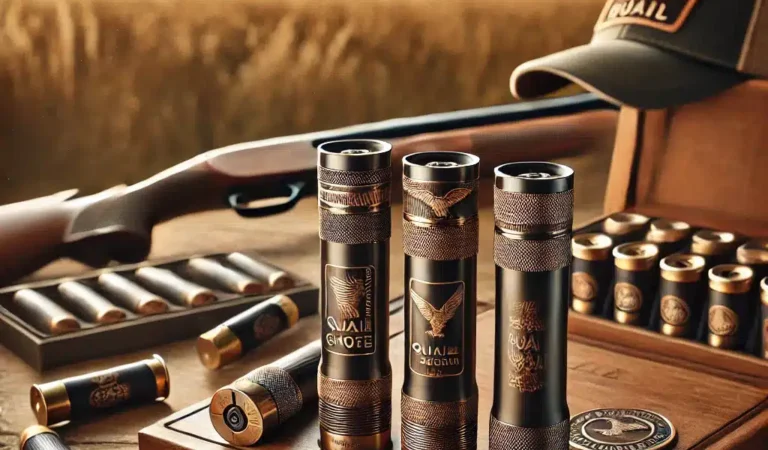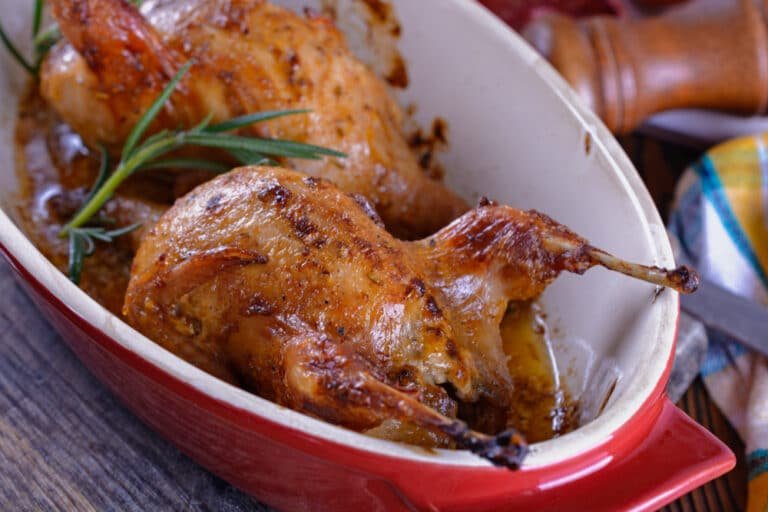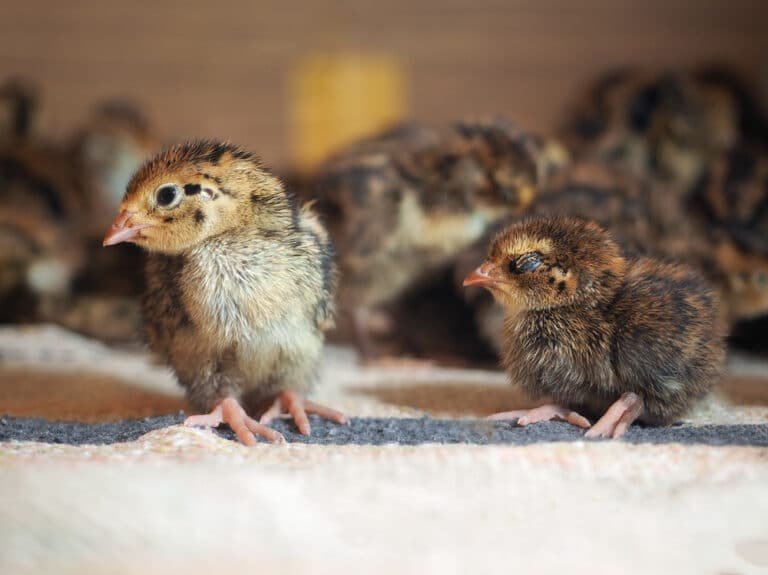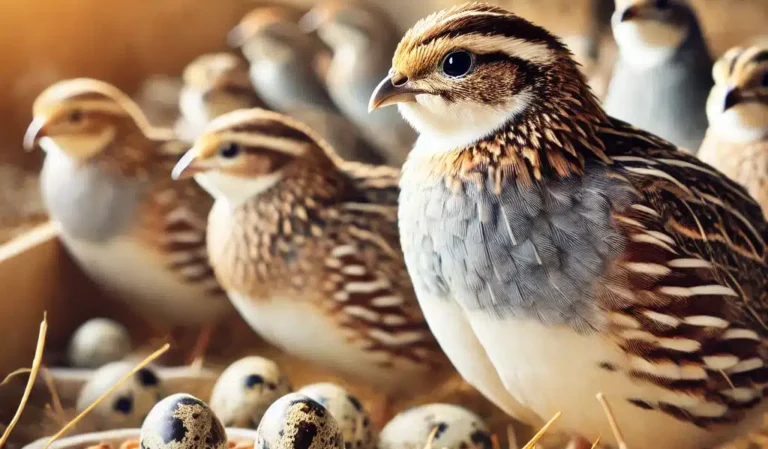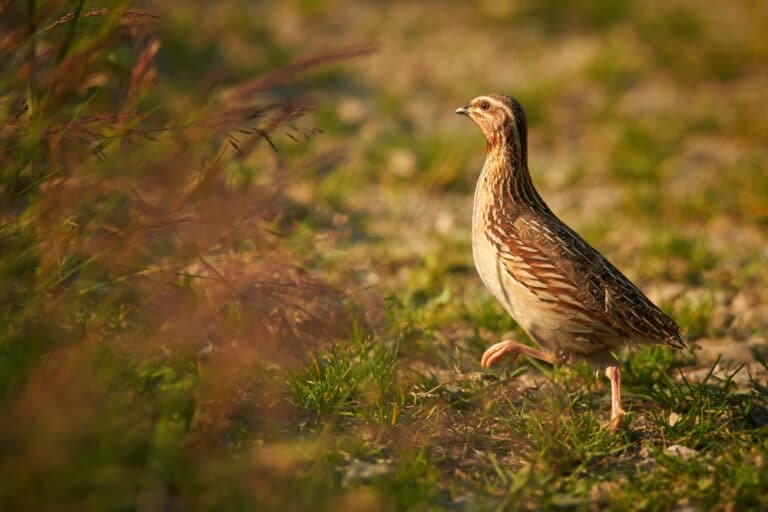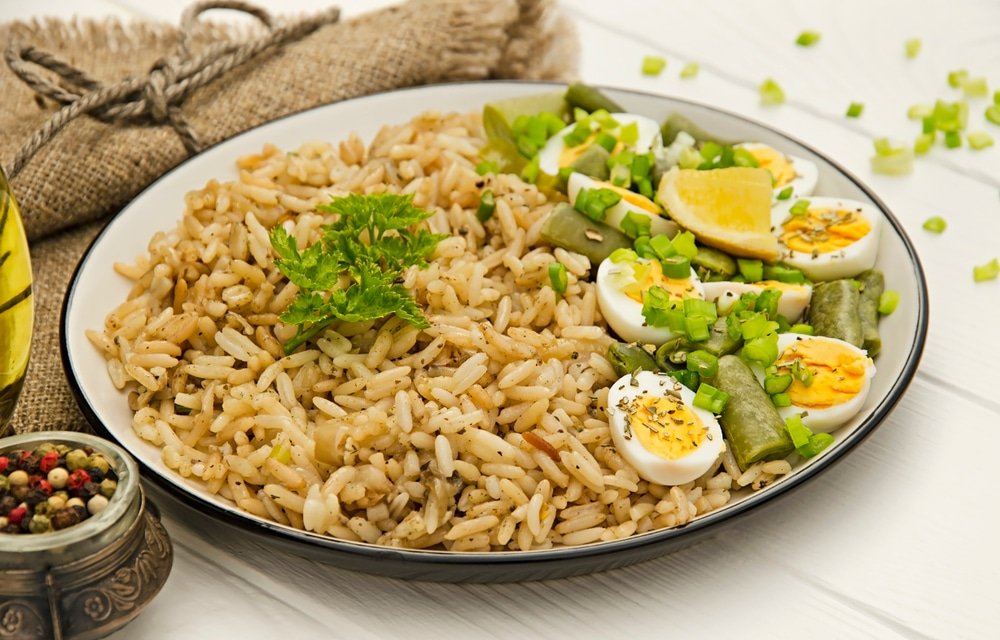Quail Hunting Style 101: Powerful Beginner’s Guide
Quail hunting style, a beloved outdoor activity enjoyed by enthusiasts worldwide, blends the excitement of the chase with the rich hunting tradition. As an ancient pursuit deeply rooted in history, quail hunting has become popular for those seeking adventure and connection with nature. This article aims to comprehensively explore quail hunting, delving into its captivating history, intricate techniques, and essential regulations.
Quail Hunting – A Popular Outdoor Activity
Quail hunting has captivated individuals for centuries due to its unique combination of skillful marksmanship and an intimate understanding of nature’s rhythms. Whether pursued as a solitary venture or shared among friends and family, this activity offers participants an exhilarating experience surrounded by breathtaking landscapes. The allure of quail hunting lies in its dynamic nature.
The adrenaline rush when flushing out these elusive birds from their favored hiding spots creates unforgettable memories. Moreover, camaraderie often accompanies quail hunting expeditions, fostering bonds between like-minded individuals as they traverse diverse terrains in search of their quarry.
The History, Techniques, and Regulations of Quail Hunting
To fully appreciate quail hunting as more than a mere pastime but as a profound connection to our collective heritage, it is imperative to comprehend its historical significance. From ancient civilizations like Egypt that revered quail enough to immortalize them in art forms to medieval hunts that showcased prowess and nobility – each era has contributed essential elements that shape modern-day practices. Additionally, understanding the intricacies of quail hunting techniques is crucial for success in this challenging pursuit.
From the choice of firearms suitable for shooting small game, like shotguns or rimfire rifles, to employing well-trained dogs for flushing out birds from cover – mastering these skills elevates one’s chances on the hunt while ensuring ethical practices are upheld. Comprehending the regulations and guidelines set forth by wildlife agencies is paramount in preserving the delicate balance between conservation and recreation.
By adhering to bag limits, seasons, and other regulations, hunters contribute to sustainable practices that protect quail populations for future generations. Quail hunting is an enchanting gateway into the natural world and our ancestral heritage.
With a firm grasp of its history, techniques, and regulations, enthusiasts can embark on this exhilarating pursuit with reverence for tradition while championing ethical practices. The subsequent sections of this article will delve deeper into these aspects of quail hunting to furnish readers with a comprehensive understanding of this captivating outdoor activity.
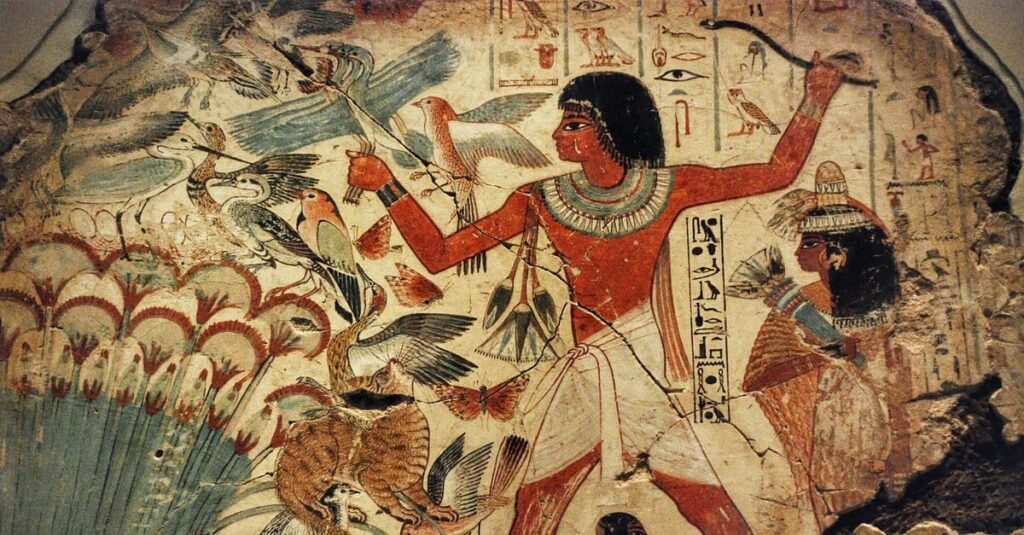
Ancient Origins of Quail Hunting in Various Cultures
Ancient Egyptians and Their Depiction of Quail Hunting in Artwork
Quail hunting traces its roots back to ancient civilizations, and one such culture that left an indelible mark on the sport is the ancient Egyptians. This fascinating civilization revered quail for their delicate meat, distinct calls, and swift flight.
Artifacts and tomb paintings discovered from various archaeological sites provide valuable insights into how quail hunting was practiced in ancient Egypt. These depictions show skilled hunters engaging in thrilling hunts, often accompanied by their loyal falcons or hounds.
The scenes show hunters stalking through marshlands or reed beds where quail were known to congregate. These illustrations showcase the importance of quail hunting in Egyptian society and highlight the sophisticated techniques employed by these early hunters.
Quail Hunting Traditions in Medieval Europe and Asia
Quail hunting continued to captivate cultures beyond Egypt, leaving its mark on medieval Europe and Asia. In medieval times, falconry was a prominent practice among the nobility, and quail hunting became an integral part of this prestigious sport. European nobles trained falcons to pursue quail through dense forests or across open fields.
The harmony between man and bird showcased the elegance of this tradition while underscoring the bond between humans and nature. Similarly, Asian cultures developed their unique traditions surrounding quail hunting.
In Japan, for example, a refined hunt emerged called “Izumi,” where skilled archers competed in shooting down flying quail using bows and arrows. This demanding pursuit required immense precision and a deep understanding of avian behavior.
Evolution of Quail Hunting Methods Over Time
From Traditional Falconry to Modern Firearms and Dogs
As civilization progressed, so too did the methods employed in quail hunting. While falconry remained prevalent during the medieval period, the emergence of firearms in the 16th century brought about a significant shift in hunting practices. Hunters began to rely on guns as a more efficient means of capturing quail.
The advent of smoothbore shotguns allowed for greater accuracy and range while minimizing damage to the game. Furthermore, alongside firearms, specialized dog breeds became indispensable companions in quail hunting expeditions.
Breeds such as pointers and setters were selectively bred for their ability to locate and flush out quail from their hiding spots, thus enhancing the overall success rate of hunts. The collaboration between hunters and their canine counterparts introduced a new level of teamwork and agility to the sport.
Influence of Technological Advancements on the Sport
Technological advancements have continued influencing quail hunting, propelling it into a new era. Innovations such as portable GPS devices enable hunters to navigate vast terrains with precision, ensuring optimal locations for fruitful hunts—Additionally, advanced optics like rangefinders and high-quality binoculars aid in scouting potential quail habitats from afar.
Moreover, modern technology has paved the way for innovative training tools that enhance hunters’ and dogs’ skills. Electronic bird launchers simulate realistic flight patterns while allowing trainers to control variables such as distance and direction, refining dogs’ abilities to respond swiftly.
Tracing back centuries through artistry and historical accounts reveals how quail hunting has evolved across different cultures. From ancient Egyptians utilizing falcons amidst marshlands to medieval European nobility engaging in refined falconry pursuits or Japanese archers showcasing impeccable precision with bows and arrows – each era contributed unique approaches to capturing these elusive birds.
With technological advancements introducing firearms, specially bred dogs for flushing game birds like pointers or setters became essential companions for modern-day hunters seeking success in quail hunting expeditions. The ever-evolving techniques and tools continue to shape the sport, ensuring its enduring popularity among enthusiasts today.
Understanding Quail and Their Habitats
Overview of different species of quail commonly hunted
Quail, small ground-dwelling birds belonging to the family Odontophoridae, are highly sought after by hunters due to their exhilarating flight and challenging behavior. Among the various species of quail, two common targets in hunting are the Bobwhite quail (Colinus virginianus) and the California quail (Callipepla californica). Both species have distinct characteristics that make them fascinating subjects for hunters.
Bobwhite quail
Bobwhite quail, native to North America, can be found in various habitats, including grasslands, agricultural fields, brushy areas, and open woodlands. These birds are characterized by their plump bodies and unique call that sounds like “bob-white” or “bobi-bob-white.” Bobwhites usually form coveys or groups during non-breeding seasons for protection against predators.
Regarding feeding habits, they primarily consume seeds and incorporate insects into their diet during breeding seasons. Mating rituals involve elaborate displays by males, such as puffing up feathers and making distinctive calls to attract females.
California quail
California quail are native to western North America and are known for their elegant appearance, with a bold black plume rising from their heads. These birds prefer a diverse habitat consisting of scrublands, chaparral, grassy woodlands, and suburban gardens.
They have a variety of calls, including distinctive crowing sounds that resemble “chi-ca-go” or “ca-li-for-nia.” California quail diets consist mainly of seeds, berries, leaves, flowers, and insects when available. During mating season, males perform intricate courtship displays to attract mates, including head-bobbing and wing-drooping behaviors.
Characteristics and behavior patterns of quail
Quails exhibit intriguing behavior patterns influenced by their habitat preferences and seasonal variations. These birds typically prefer areas with ample cover, such as dense vegetation, shrubs, or tall grasses, which protect them from predators. During the breeding season, male quail become more vocal and engage in courtship displays to attract females.
Mating pairs often form strong bonds that extend beyond the breeding season. Quails are diurnal creatures but tend to be most active during early morning and late afternoon when they forage for food.
Additionally, they are social birds that tend to form coveys outside of the breeding season for safety and communal roosting purposes. Understanding the different species of quail commonly hunted provides hunters valuable insight into their physical characteristics, distinctive behaviors, and preferred habitats.
This knowledge allows hunters to tailor their strategies when embarking on a quail hunting expedition. By understanding habitat preferences, feeding habits, mating rituals, and seasonal patterns exhibited by these remarkable birds – such as Bobwhite quail and California quail – hunters can enhance their chances of having a successful hunt while also appreciating the fascinating world of these elusive game birds.
Licensing and Legal Requirements for Quail Hunting
Quail hunting, like any other outdoor activity, has rules and regulations that must be followed. Before embarking on a quail hunt, one must familiarize oneself with the licensing and legal requirements for the area where the hunt will occur.
Each state has its wildlife agencies responsible for managing and conserving quail populations, and obtaining the necessary permits from these agencies is crucial. State wildlife agencies typically offer different hunting licenses based on residency, age, and duration.
These licenses are usually valid for a specific period and may include additional tags or stamps required for certain species or hunting methods. It is important to carefully read these agencies’ regulations as they outline bag limits (the maximum number of quail one can harvest in a single day or season), seasons (the designated periods when quail hunting is allowed), and other pertinent guidelines.
Essential Equipment for a Successful Hunt
Having the right equipment is paramount to ensure a successful quail hunt. Regarding firearms suitable for shooting small games like quail, shotguns are widely favored due to their versatility in handling various loads and distances.
However, rimfire rifles can also be used depending on local regulations. It is crucial to choose appropriate ammunition that strikes a balance between effectiveness against game birds while minimizing damage.
Proper clothing plays an integral role in a successful quail hunt as well. Camouflage attire aids in blending with the natural environment, making it harder for quail to detect human presence.
Opting for earthy tones that match the surroundings can help hunters stay hidden while moving through cover or waiting patiently in blinds. Sturdy boots with good ankle support are also recommended as they provide comfort during long treks over uneven terrain and protection against potential hazards like thorny vegetation or snake encounters.
Understanding the licensing and legal requirements of quail hunting is a fundamental aspect of responsible participation in this exhilarating outdoor pursuit. By obtaining the necessary permits and familiarizing oneself with bag limits, seasons, and other regulations set forth by state wildlife agencies, hunters can ensure their activities align with conservation efforts and sustainable practices.
Equally important is investing in appropriate equipment, such as shotguns or rimfire rifles for small game hunting, and donning camouflage attire and sturdy boots to enhance stealth and safety during the hunt. With these preparations, enthusiasts can enjoy a rewarding quail hunting experience while respecting nature and the law.
Techniques and Strategies for Quail Hunting
Different methods employed by hunters
Quail hunting is an art that demands various techniques to ensure success. Among the different methods seasoned hunters employ, one prominent approach is flushing.
This entails utilizing well-trained dogs to remove the birds, such as dense shrubs or grasses, from their cover. The highly skilled canines, often Labrador Retrievers or English Pointers, are selectively bred and trained to locate and pursue quail precisely.
Their keen sense of smell and diligent tracking abilities make them invaluable partners in the hunt. Once a dog detects the presence of quail through scent or sound, it will carefully maneuver through the cover to flush them out into open spaces where they become visible targets for hunters.
The art of stalking
Another technique frequently utilized in quail hunting is stalking. This method requires patience, stealth, and a deep understanding of quail behavior.
Stalking involves cautiously approaching known areas where quail are likely found without alarming them. Hunters move slowly and quietly, paying attention to every detail in their surroundings—listening for subtle bird calls or rustling sounds that betray their presence.
The goal is to get within close range before taking a shot without alerting the birds or causing them to scatter prematurely. Proper camouflage attire and blending into the environment are crucial components of this strategy.
Optimizing decoy usage
In addition to flushing and stalking techniques, incorporating decoys into your hunting arsenal can significantly enhance your chances of success when targeting quail. Decoys mimic the appearance and behavior of live birds, attracting other quail nearby by creating a sense of safety in numbers.
Strategically placing decoys along known flight paths or near food sources can entice curious or territorial quail into view, increasing your opportunities for accurate shots. Decoys can be fashioned from lightweight plastic or foam materials, and their realistic details, such as vibrant coloring and lifelike postures, are crucial for fooling the observant quail.
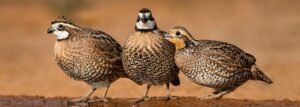
Conclusion – quail hunting style
Quail hunting is an ancient practice that has evolved, requiring a deep understanding of quail behavior and employing various techniques to ensure success. Whether utilizing the flushing method with well-trained dogs or mastering the art of stalking, hunters must embody patience, skill, and respect for nature to excel in this pursuit. By embracing these strategies and optimizing decoys when appropriate, hunters can elevate their experience in the field and increase their chances of a rewarding hunt.
So grab your gear, study your prey’s habits, and embark on an adventure that celebrates both tradition and the beauty of nature. Happy hunting!

